They were spotted in the act of merging in a galaxy a billion light years away.


A NASA satellite searching space for new planets gave astronomers an unexpected glimpse at a black hole ripping a star to shreds.
It is one of the most detailed looks yet at the phenomenon, called a tidal disruption event (or TDE), and the first for NASA’s Transiting Exoplanet Survey Satellite (more commonly called TESS.)
The milestone was reached with the help of a worldwide network of robotic telescopes headquartered at The Ohio State University called ASAS-SN (All-Sky Automated Survey for Supernovae). Astronomers from the Carnegie Observatories, Ohio State and others published their findings today in The Astrophysical Journal.
Leonard Susskind is a professor of theoretical physics at Stanford University, and founding director of the Stanford Institute for Theoretical Physics. He is widely regarded as one of the fathers of string theory and in general as one of the greatest physicists of our time both as a researcher and an educator. This conversation is part of the Artificial Intelligence podcast.
INFO:
Podcast website:
https://lexfridman.com/ai
iTunes:
https://apple.co/2lwqZIr
Spotify:
https://spoti.fi/2nEwCF8
RSS:
https://lexfridman.com/category/ai/feed/
Full episodes playlist:
Clips playlist:
OUTLINE:
00:00 — Introduction
01:02 — Richard Feynman
02:09 — Visualization and intuition
06:45 — Ego in Science
09:27 — Academia
11:18 — Developing ideas
12:12 — Quantum computers
21:37 — Universe as an information processing system.
26:35 — Machine learning
29:47 — Predicting the future
30:48 — String theory
37:03 — Free will
39:26 — Arrow of time
46:39 — Universe as a computer
49:45 — Big bang
50:50 — Infinity
51:35 — First image of a black hole
54:08 — Questions within the reach of science.
55:55 — Questions out of reach of science.
CONNECT:
- Subscribe to this YouTube channel
- Twitter: https://twitter.com/lexfridman
- LinkedIn: https://www.linkedin.com/in/lexfridman
- Facebook: https://www.facebook.com/lexfridman
- Instagram: https://www.instagram.com/lexfridman
- Medium: https://medium.com/@lexfridman
- Support on Patreon: https://www.patreon.com/lexfridman
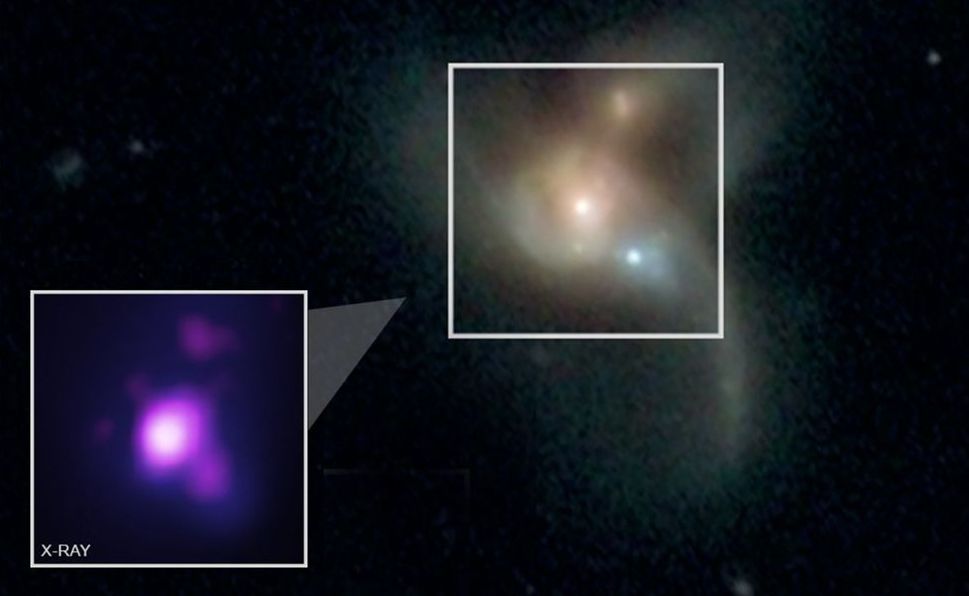

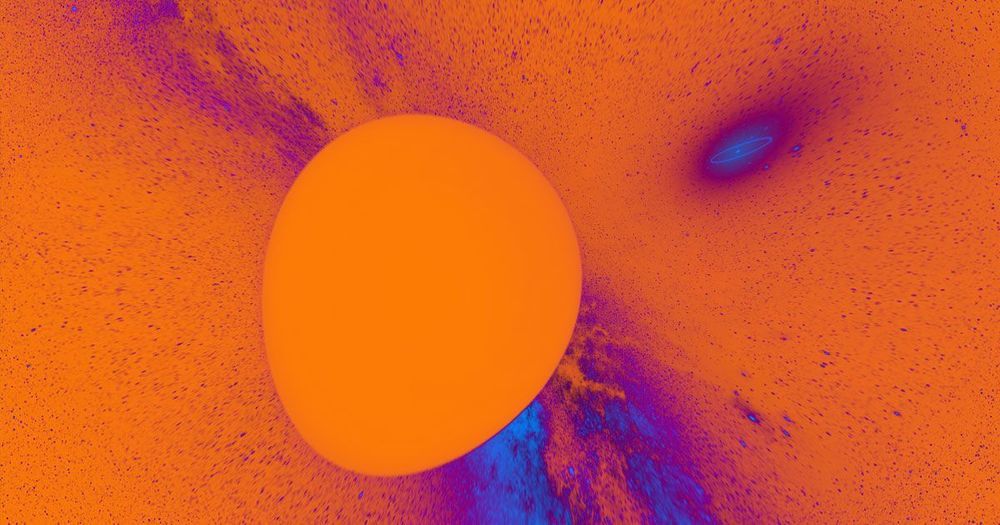
In a mind-bending new paper, researchers suggest that there could be black holes orbiting the Sun, out past Pluto.
Scientists have long speculated that a “planet 9,” in orbit very far from the Sun, could explain why other bodies in our solar system have strange, hard-to-explain orbits.
Now, a pair of astrophysicists are suggesting a strange twist on that idea: that a black hole — or even a number of them — could be orbiting our Sun right now, way beyond Neptune.
Primordial
This week, a pair of researchers from Durham University and the University of Illinois at Chicago published a paper outlining their theory on the pre-print server arXiv. In it, they suggest that the Sun’s orbit might have captured a free-floating “primordial black hole” — and it, or they, are still out there, circling the solar system.
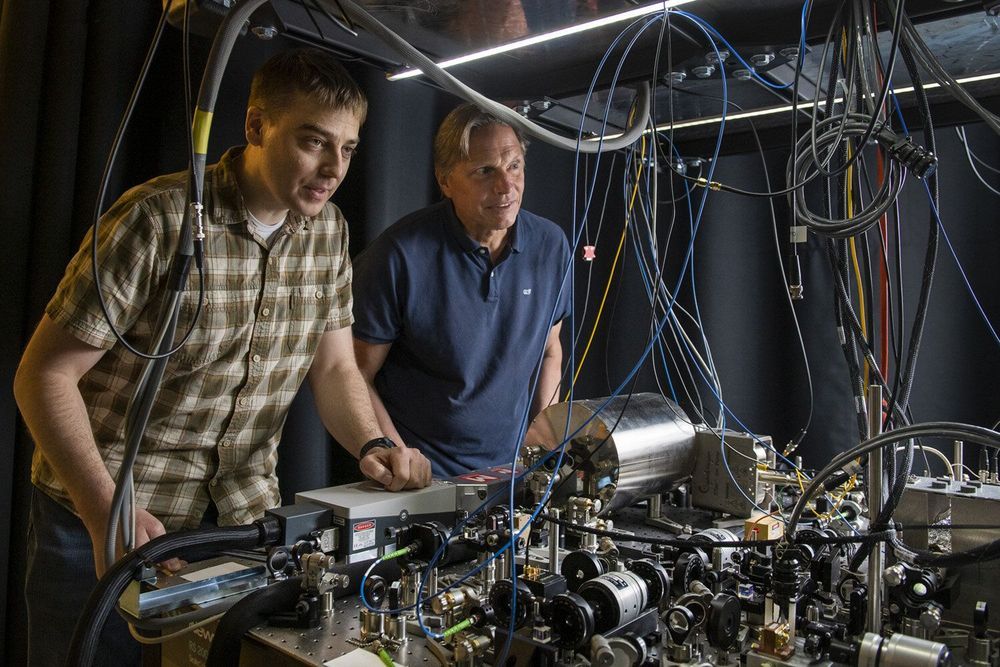
Hidden deep in a basement at Stanford stands a 10-meter-tall tube, wrapped in a metal cage and draped in wires. A barrier separates it from the main room, beyond which the cylinder spans three stories to an apparatus holding ultra-cold atoms ready to shoot upward. Tables stocked with lasers to fire at the atoms—and analyze how they respond to forces such as gravity—fill the rest of the laboratory.
The tube is an atom interferometer, a custom-built device designed to study the wave nature of atoms. According to quantum mechanics, atoms exist simultaneously as particles and waves. The Stanford instrument represents a model for an ambitious new instrument ten times its size that could be deployed to detect gravitational waves—minute ripples in spacetime created by energy dissipating from moving astronomical objects. The instrument also could shed light on another mystery of the universe: dark matter.
Stanford experimental physicists Jason Hogan and Mark Kasevich never intended for their device to be implemented this way. When Hogan began his graduate studies in Kasevich’s lab, he focused instead on testing gravity’s effects on atoms. But conversations with theoretical physicist Savas Dimopoulos, a professor of physics, and his graduate students—often lured downstairs by an espresso machine housed directly across the hall from Kasevich’s office—led them to start thinking about its utility as a highly sensitive detector.
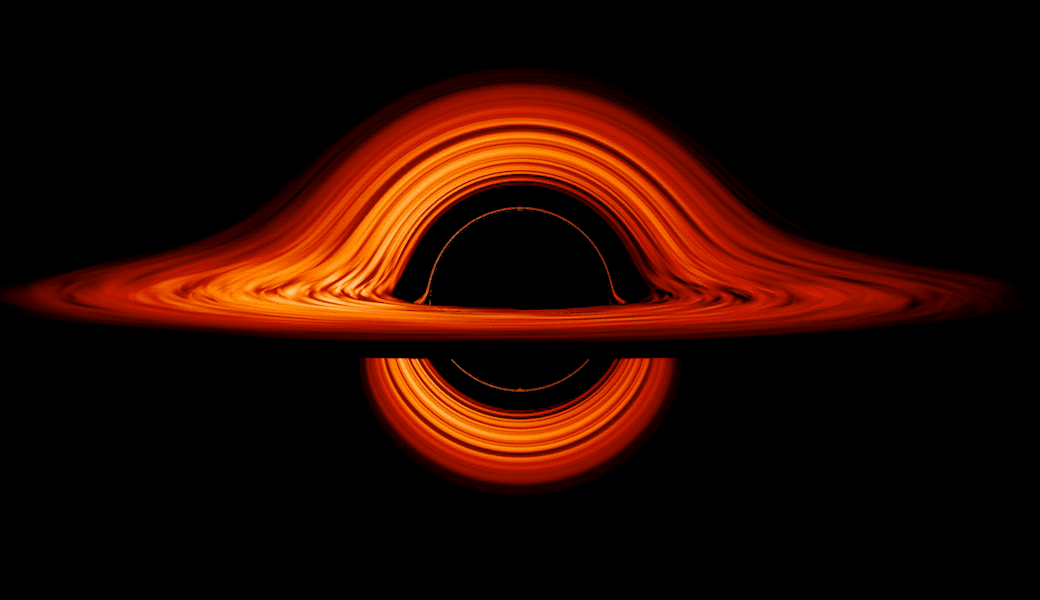
This new visualization of a black hole illustrates how its gravity distorts our view, warping its surroundings as if seen in a carnival mirror. The visualization simulates the appearance of a black hole where infalling matter has collected into a thin, hot structure called an accretion disk. The black hole’s extreme gravity skews light emitted by different regions of the disk, producing the misshapen appearance.
Bright knots constantly form and dissipate in the disk as magnetic fields wind and twist through the churning gas. Nearest the black hole, the gas orbits at close to the speed of light, while the outer portions spin a bit more slowly. This difference stretches and shears the bright knots, producing light and dark lanes in the disk.
Viewed from the side, the disk looks brighter on the left than it does on the right. Glowing gas on the left side of the disk moves toward us so fast that the effects of Einstein’s relativity give it a boost in brightness; the opposite happens on the right side, where gas moving away us becomes slightly dimmer. This asymmetry disappears when we see the disk exactly face on because, from that perspective, none of the material is moving along our line of sight.
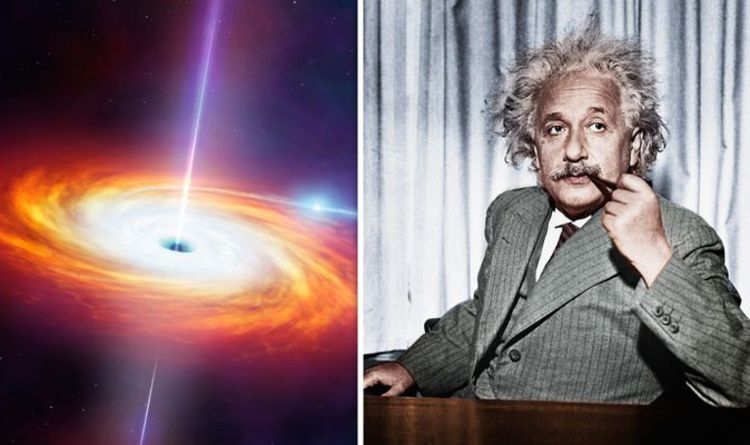

Are there new, unknown particles that can explain dark matter and other mysteries of the universe? To try to answer this question, particle physicists typically sift through the myriad of particles that are produced in particle collisions. But they also have an indirect but powerful way of looking for new particles, which is to measure processes that are both rare and precisely predicted by the Standard Model of particle physics. A slight discrepancy between the Standard Model prediction and a high-precision measurement would be a sign of new particles or phenomena never before observed.
One such process is the transformation, or “decay”, of a positively charged variant of a particle known as kaon into a positively charged pion and a neutrino–antineutrino pair. In a seminar that took place today at CERN, the NA62 collaboration reported two potential instances of this ultra-rare kaon decay. The result, first presented at the International Conference on Kaon Physics, shows the experiment’s potential to make a precise test of the Standard Model.
The Standard Model predicts that the odds of a positively charged kaon decaying into a positively charged pion and a neutrino–antineutrino pair (K+ → π+ ν ν) are only about one in ten billion, with an uncertainty of less than ten percent. Finding a deviation, even if small, from this prediction would indicate new physics beyond the Standard Model.